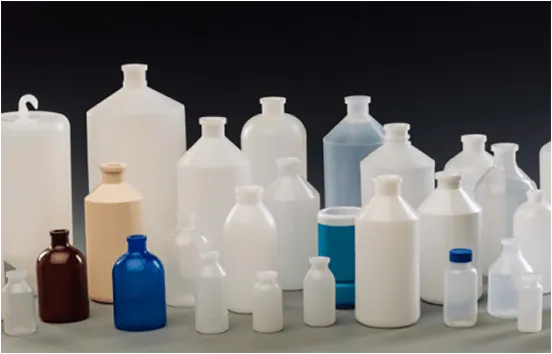https://www.wahmg.com/)">
Safety Solutions for Laboratory Environments to Ensure Protection and Compliance in Research Activities
Safety Solutions for Laboratory Environments to Ensure Protection and Compliance in Research Activities
The Importance of Lab Safety Products in Scientific Research
In the world of scientific research and experimentation, safety is paramount. Laboratories, whether in academic institutions, pharmaceuticals, or industrial settings, present unique hazards due to the nature of the materials and processes involved. Therefore, the integration of lab safety products is critical in ensuring a secure working environment for researchers and technicians. This article outlines the significance of lab safety products and highlights some essential categories.
The Role of Lab Safety Products
Lab safety products are designed to protect individuals from potential hazards in a laboratory setting. These safety products encompass a wide range of equipment and gear, from personal protective equipment (PPE) to emergency response tools. The primary goal is to minimize the risk of accidents, injuries, and exposure to harmful substances. They help maintain a culture of safety, ensuring that all personnel are aware of potential risks and are equipped to handle them effectively.
Personal Protective Equipment (PPE)
One of the most critical categories of lab safety products is personal protective equipment
. PPE includes items such as lab coats, gloves, goggles, face shields, and respirators. Each of these elements plays a specific role in protecting the wearer.- Lab Coats Typically made from durable materials, lab coats protect the skin and personal clothing from spills and contamination. - Gloves These are essential for preventing direct contact with hazardous materials. Different types of gloves are available, each designed to protect against specific chemicals or biological agents. - Goggles and Face Shields Eye protection is crucial in laboratories where splashes, fumes, or flying debris may pose a risk. Goggles provide a seal around the eyes, while face shields offer an extra layer of protection. - Respirators In environments where harmful vapors or particulates are present, the use of respirators ensures that researchers can breathe safely.
Chemical Safety Products
lab safety products

In addition to PPE, laboratories require various chemical safety products to handle and store hazardous materials responsibly. These include
- Fume Hoods Essential for ventilating toxic fumes, fume hoods help protect researchers from inhaling harmful chemical vapors during experiments. - Chemical Spill Kits Accidental spills can occur despite precautions, making spill kits vital for emergencies. These kits contain materials to neutralize and clean up hazardous substances quickly and safely. - Labeling Systems Clear and consistent labeling of chemicals is crucial for safety. Proper identification helps prevent mix-ups and ensures that all personnel are aware of the potential dangers associated with specific substances.
Emergency Preparedness
No lab safety plan is complete without proper emergency preparedness products. These items enable quick and effective responses to accidents, minimizing harm and damage. Essential emergency products include
- Eyewash Stations and Safety Showers In cases of chemical exposure, having eyewash stations and safety showers accessible can mean the difference between serious injury and quick recovery. - Fire Extinguishers Labs often deal with flammable materials, making fire extinguishers an essential part of safety equipment. - First Aid Kits Comprehensive first aid kits should be readily available to treat minor injuries and stabilize individuals until professional medical help can be reached.
Conclusion
The implementation of lab safety products is not merely a regulatory requirement; it is a moral obligation to protect the health and safety of those working in potentially hazardous environments. By investing in appropriate PPE, chemical safety products, and emergency preparedness tools, laboratories can create a safer workplace. Ultimately, a strong commitment to safety fosters a culture of responsibility and awareness, enabling scientific advancements to occur without compromising the well-being of researchers and technicians. As the field of science continues to evolve, so too should the approach to laboratory safety, ensuring that innovation and safety go hand in hand.
-
Wholesale Plastic Juice Bottles with Caps 16 oz Options Available Bulk Packaging SolutionsNewsJun.10,2025
-
Laboratory Apparatus Reagent Bottle – Durable & Chemical Resistant Bottles for Safe StorageNewsJun.10,2025
-
Squeezable Dropper Bottles Durable, Leak-Proof & CustomizableNewsMay.30,2025
-
Affordable Plastic Petri Plates Sterile & Disposable Lab-GradeNewsMay.30,2025
-
Eye Dropper Caps Precision 24/410 & Plastic Bottle-Compatible TipsNewsMay.30,2025
-
Affordable Mini Spray Bottle Price & Wholesale Deals Shop NowNewsMay.29,2025





















